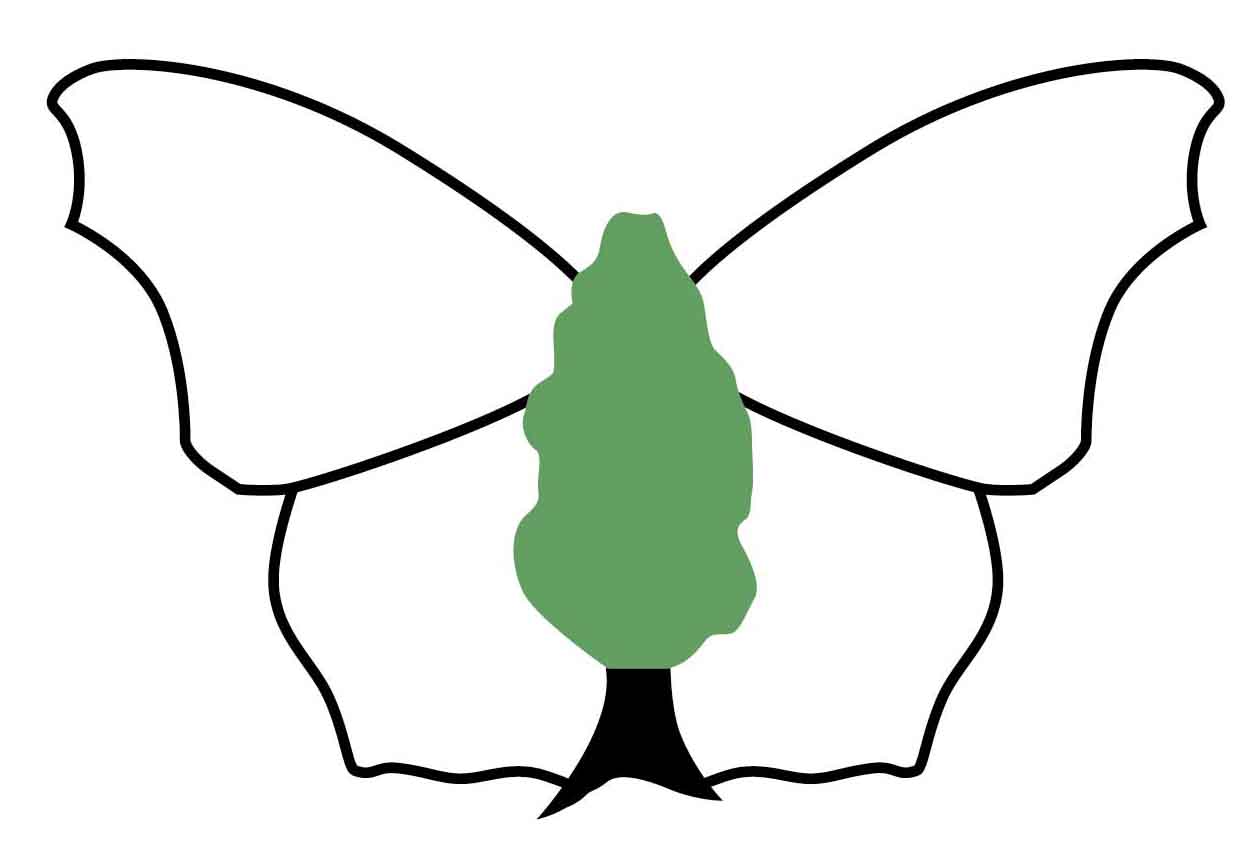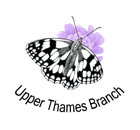Recording Butterflies and Moths |
| Recording observations of butterflies and moths is one of the most valuable ways to assist conservation efforts.
Submitted records feed into datasets that are used to
understand biodiversity and to influence environmental policy. They can help
reveal the impact of environmental changes on our butterfly and moth populations. | | A record has four essential
components: (1) what the species is, (2) where it was seen, (3) when it was seen and (4) who recorded it. Photographs
can provide important clues to the identity of the species (and are sometimes essential), and the more detail
that can be provided (including the number seen, habitat, etc.), the more useful is the record. | | Records should be submitted as soon as possible after being taken. It is a lot easier to do this than be faced with a mountain
of un-entered records at the end of the season. | | Please take care to avoid the duplication of records! Identifying and removing duplicates from datasets is very time-consuming. |
| | |
|
Butterflies |
| The recommended online site for submitting butterfly records is iRecord. This can be accessed via a website or an app. | | The Butterflies for the New Millenium (BNM) website provides a simpler interface to iRecord (data submitted this way are added to iRecord). Another method of submitting records is to enter them on a spreadsheet, and then email the spreadsheet to the county butterfly recorder at the end of the season. | | Butterfly records can also be submitted using the iRecord or the
iRecord Butterfly app. These apps are
useful if you want to record wildlife observations at the time of sighting. Both can be obtained from the Apple App Store or Google Play. | | Garden and Churchyard records can be submitted on a spreadsheet, accessed from the link on the right. |
| | |
|
Moths |
| The recommended online site for submitting moth records is iRecord. | | The National Moth Recording Scheme (NMRS) website provides a simpler interface to iRecord (data submitted this way are added to iRecord). | | Moth records can also be submitted using the iRecord app. It has a 'Moth survey' feature, which allows you to enter the main details of date and location, and then add a whole list of all the moths from a single trapping or recording session. | | Records of day-flying moths can be submitted using the iRecord Butterfly app. | | Resources to help with moth identification are listed on the moths page. |
| | |


